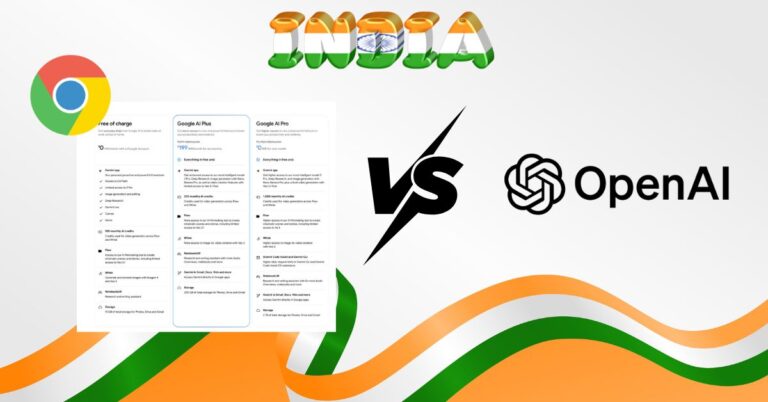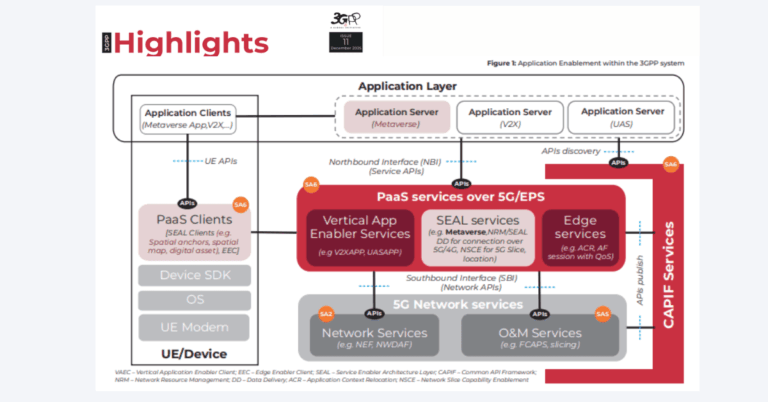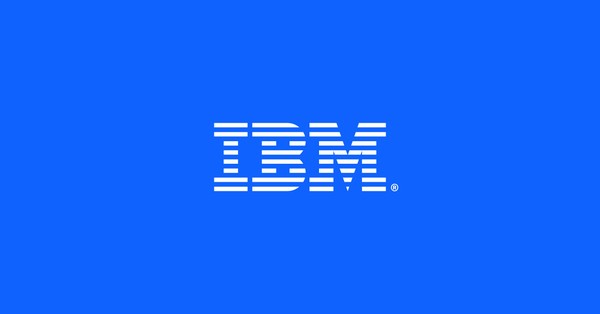T-Mobile T-Life Rollout: Store-Level Impact and Backlash
T-Mobile’s consolidation of consumer apps into the T-Life hub is colliding with frontline realities, exposing gaps between digital ambitions and in-store execution.
App Consolidation Becomes Mandated Usage
T-Mobile is retiring standalone experiences like its legacy account app and banking app in favor of T-Life, a single portal for account management, promotions, and payments. Executives have framed this as a streamlined, consumer-first move. In practice, store teams report that transactions are being steered through T-Life even when traditional workflows would be faster. That has turned a product launch into a mandate.
To meet usage targets, some employees have turned to workarounds. One tactic is to record a token app transaction—like a one-cent payment—to satisfy quota systems that credit “digital engagement.” Others are nudging customers toward cash to bypass digital flows entirely when the app fails. These responses point to a deeper issue: incentives designed to drive adoption are overwhelming operational judgment.
App Glitches and In-Store Workflow Friction
Employees report frequent crashes, lag, and inconsistent login behavior that stall service and force manual rework. Users migrating from the old apps face additional friction, including re-enrolling payment details and navigating a more promotional interface. Data sync delays and feature unreliability slow routine tasks like bill payments and plan changes. The result is a longer time-to-resolution in-store, higher queue times, and inconsistent customer experiences.
Quotas, Incentives, and Frontline Morale
Field teams say monthly bonuses are now tightly coupled to T-Life adoption metrics, not just sales or service outcomes. Miss the app usage target and compensation drops. That linkage is eroding morale, driving shadow processes, and raising fears of punitive management rather than coaching-led improvement. In a labor market with high retail turnover, this is a signal risk to service quality and retention.
Implications for Telecom and Large Retailers
This rollout offers a cautionary tale for any operator tying frontline work to a new digital stack without operational guardrails.
Digital-First Requires Enterprise-Grade App Resilience
When a single app becomes the front door for service, its reliability becomes a core store system. Crashes or slow paths cascade into queue bottlenecks and dissatisfied customers. The move to “app as workflow” requires enterprise-grade mobile reliability, strong offline capabilities, rigorous performance targets, and rapid rollback options. Anything less turns a strategic bet into a day-to-day operational drag.
Misaligned Metrics Drive Shadow Processes
Quotas that reward app interactions over outcomes encourage gaming—penny transactions, cash detours, or manual logging. Those signals undermine the data leaders need to guide product decisions. Better metrics focus on quality: successful digital completion rates, first-contact resolution, time to serve, and customer satisfaction—not raw adoption counts.
Reputation and Regulatory Compliance Risks
When employees feel compelled to push customers through a buggy app, it can be perceived as manipulative even if intentions are benign. Add privacy toggles that default to data sharing or ad-heavy screens, and you risk allegations of dark patterns. Regulators are increasingly attentive to consent design and sales practices. An assertive digital strategy must be paired with clear, user-forward controls and compliance reviews.
Industry Benchmarks and Strategic Context
T-Mobile is not alone; operators and retailers are compressing channels into unified apps, but execution models differ.
Phased Migrations Outperform Big-Bang Cutovers
Competitors like Verizon and AT&T have consolidated app experiences over time using staged rollouts, opt-in betas, and parallel support windows. Progressive migration retains trust while telemetry informs fixes. Big-bang cutovers amplify risk, especially when frontline workflows are re-anchored to a single dependency with no offline safety net.
Architecture Essentials for Store-Grade Apps
Frontline apps need robust offline mode, edge caching for common actions, circuit breakers for degraded services, and a clear rollback path with feature flags. Observability must include device-level performance metrics, crash analytics by workflow, and store-by-store SLOs. A/B test groups should include real store environments, not just lab devices or early adopters.
Leadership Actions to Stabilize the Rollout
The path forward is not to abandon consolidation, but to de-risk it and rebuild trust with the people who run the counter.
Stabilize the Product and Performance
Freeze aggressive feature pushes and prioritize stability. Establish store-facing SLOs (app launch time, login success rate, crash-free sessions, and transaction success) with transparent weekly reporting. Ship offline-first support for critical tasks like payments and plan changes. Use canary cohorts with rapid rollback to avoid system-wide impact. Treat performance regressions as P0 incidents.
Realign Incentives and Go-To-Market Mechanics
Rework incentives to reward outcomes: successful digital completions, fewer handoffs, and improved NPS/CSAT, not just raw app events. Remove punitive thresholds and shift to coaching, with clear exceptions when the app is degraded. Keep legacy workflows available as a controlled fallback until T-Life meets the agreed stability gates.
Rebuild Frontline Trust and Feedback Loops
Create a formal feedback loop: store councils, rapid-response squads, and a public defect backlog with fix ETAs. Offer short, targeted training for new flows. Communicate privacy controls clearly to employees and customers. Celebrate defect burn-down milestones and share how frontline input drove changes.
Metrics That Signal a Healthy Rollout
Leaders should track a small set of operational and human indicators to know if the pivot is working.
App Reliability and Adoption Quality KPIs
Monitor crash rate, time-to-first-interaction, login success, and transaction completion by workflow. Track digital share of transactions alongside CSAT to ensure adoption correlates with better experiences, not coercion.
Workforce and Customer Impact Metrics
Watch store throughput, average handle time, employee bonus attainment, and voluntary attrition. On the customer side, monitor complaint rates tied to app flows and churn among segments pushed through T-Life. Stable or improving trends indicate healthy consolidation; divergence signals a need to pause and recalibrate.
T-Mobile’s T-Life play is strategically sound in theory—a unified, data-rich, direct channel—but execution will define its value. Repair the experience, realign incentives, and make the app worthy of being the frontline system of record.







































